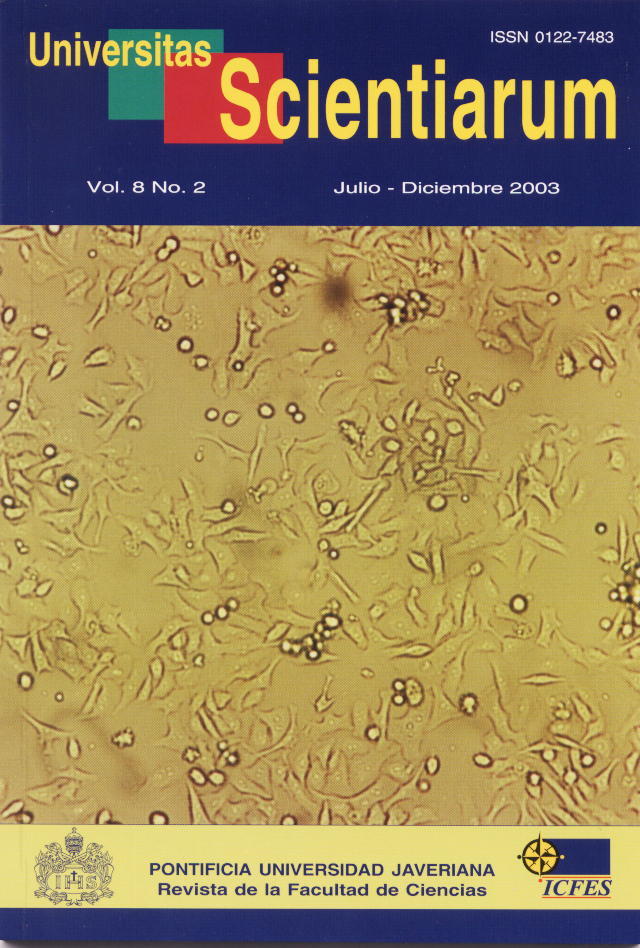Abstract
The study’s objective was to determinate the optime conditions to make detoxification the tetanus toxin. A total of 12 test (6 by each lot of the TT003 and TT007 toxin), where three different concentrations of formaldehyde were evaluated (1%, 1.5% and 2%), and two agitation conditions (without and with agitation at 100 r.p.m). All tests were made by duplicate; and the data was analized through statistics design (variance). Starting on the 7th day the tetanus toxin ceased to be mortal for the mice, at 1.5% of formaldehyde it showed less lost of the title in relation to the other 2 concentrations; from the agitation stand point, there was not significant difference with the agited one, although the answer was better in this last one. After having controlled all these conditions, it was determinated that they can be reproduced on a industrial scale; it was verifed through 4 quality control test (sterility, potency, toxicity and reversion). It was found that the optime conditions for the detoxification was 1.5% formaldehyde in constant agitation for a 21 days period.Univ. Sci. is registered under a Creative Commons Attribution 4.0 International Public License. Thus, this work may be reproduced, distributed, and publicly shared in digital format, as long as the names of the authors and Pontificia Universidad Javeriana are acknowledged. Others are allowed to quote, adapt, transform, auto-archive, republish, and create based on this material, for any purpose (even commercial ones), provided the authorship is duly acknowledged, a link to the original work is provided, and it is specified if changes have been made. Pontificia Universidad Javeriana does not hold the rights of published works and the authors are solely responsible for the contents of their works; they keep the moral, intellectual, privacy, and publicity rights. Approving the intervention of the work (review, copy-editing, translation, layout) and the following outreach, are granted through an use license and not through an assignment of rights. This means the journal and Pontificia Universidad Javeriana cannot be held responsible for any ethical malpractice by the authors. As a consequence of the protection granted by the use license, the journal is not required to publish recantations or modify information already published, unless the errata stems from the editorial management process. Publishing contents in this journal does not generate royalties for contributors.



